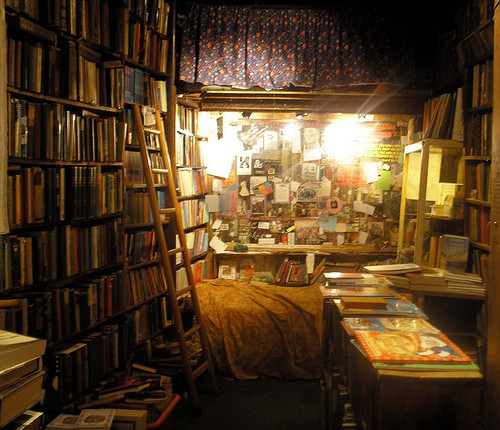I will admit that I am greatly comforted by the warm, slightly musty smell of an old book. While reading one, I sometimes raise it to my face to . . . sniff the gutter. Yes. It is an olfactory experience, and also a sensuous one (not to say sensual). I like books (the paper, cloth, leather ones), and I cannot lie. I refer here to the welcoming aroma of aging paper, not the smell of rot, mold, or decay.
Working in the rare book trade, I’ve come across my share of books that smell simply awful, revolting, in fact. I once had a beautifully bound set of Twain to sell. The leather was melted and scarred by cigarettes. I could only imagine someone smoking at a desk and absentmindedly (or drunkenly) allowing the glowing tip to burn the spines. Also, as one might imagine, the set smelled like an ashtray. As a result of these defects, the set was marked well down from what it might otherwise have fetched (it was one of the sets that contains a manuscript page in Twain’s hand). At long last, I found a heavy smoker who accepted my explanation that the tobacco damage was really quite “charming” in its way, and purchased it. Lord only knows what it smells like now.
I’ve also encountered books that smell like food, spilled beer, animals, and the simple sweaty desperation of their former owners. These pungent odors aside, books will eventually gain a smell all their own. Here’s a short tutorial. Enjoy.



No Comments